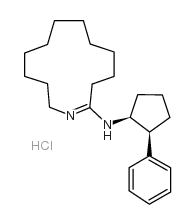| Structure | Name/CAS No. | Articles |
|---|---|---|
 |
MDL 12330A hydrochloride
CAS:40297-09-4 |
|
 |
LY83583
CAS:91300-60-6 |